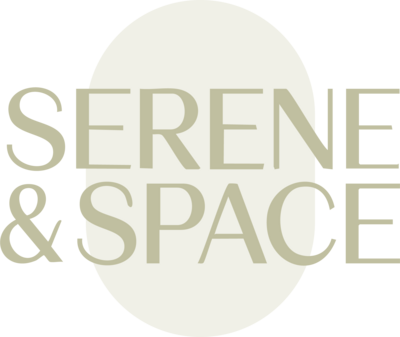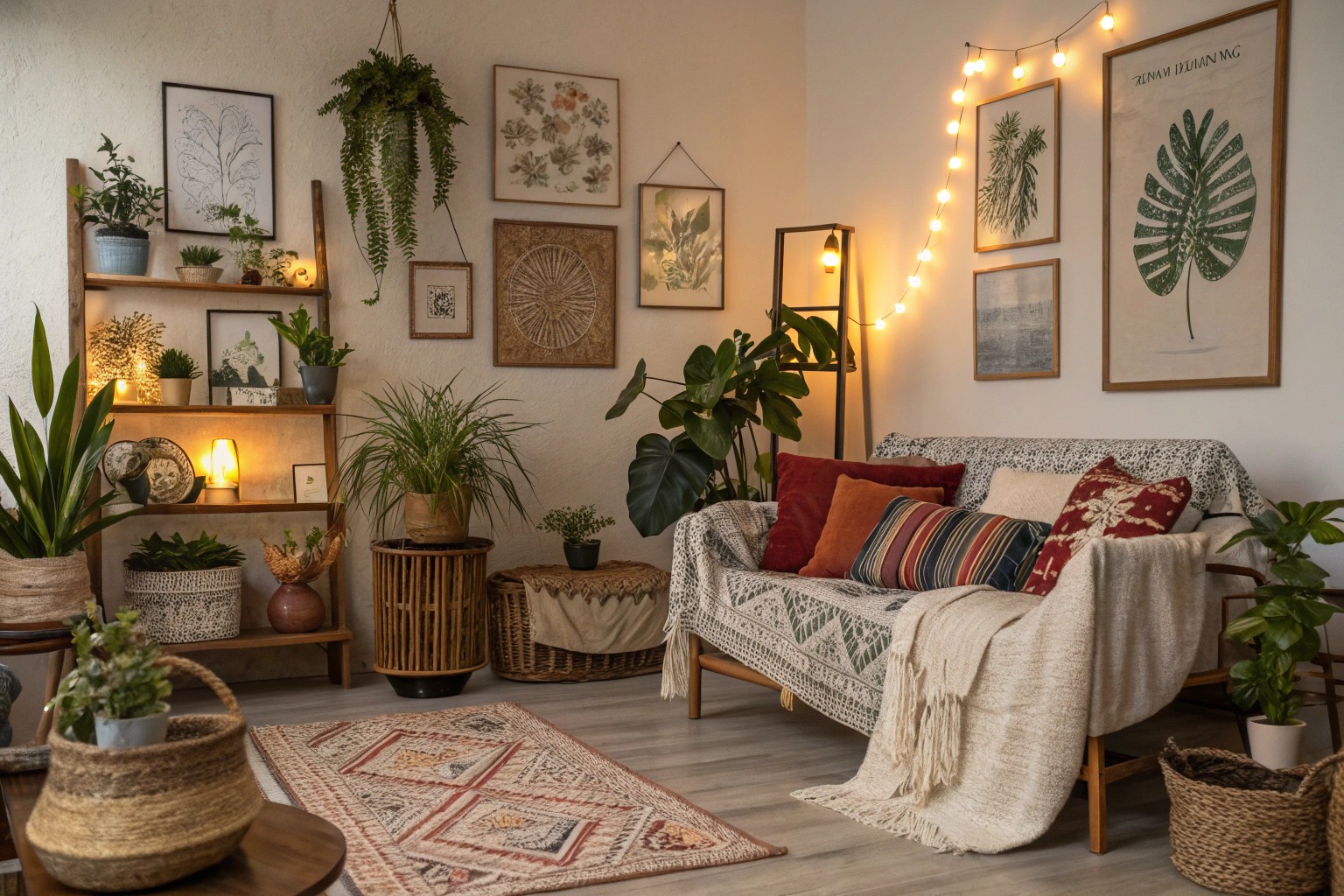The pressure to create perfectly themed spaces has led many homeowners down a path of decorative decisions that feel forced rather than authentic. Moving beyond rigid themes opens up a world of genuine self-expression, allowing your space to evolve naturally around the objects, colors, and styles that truly resonate with you.
The Limitations of Theme-Driven Design
When Themes Become Clichés
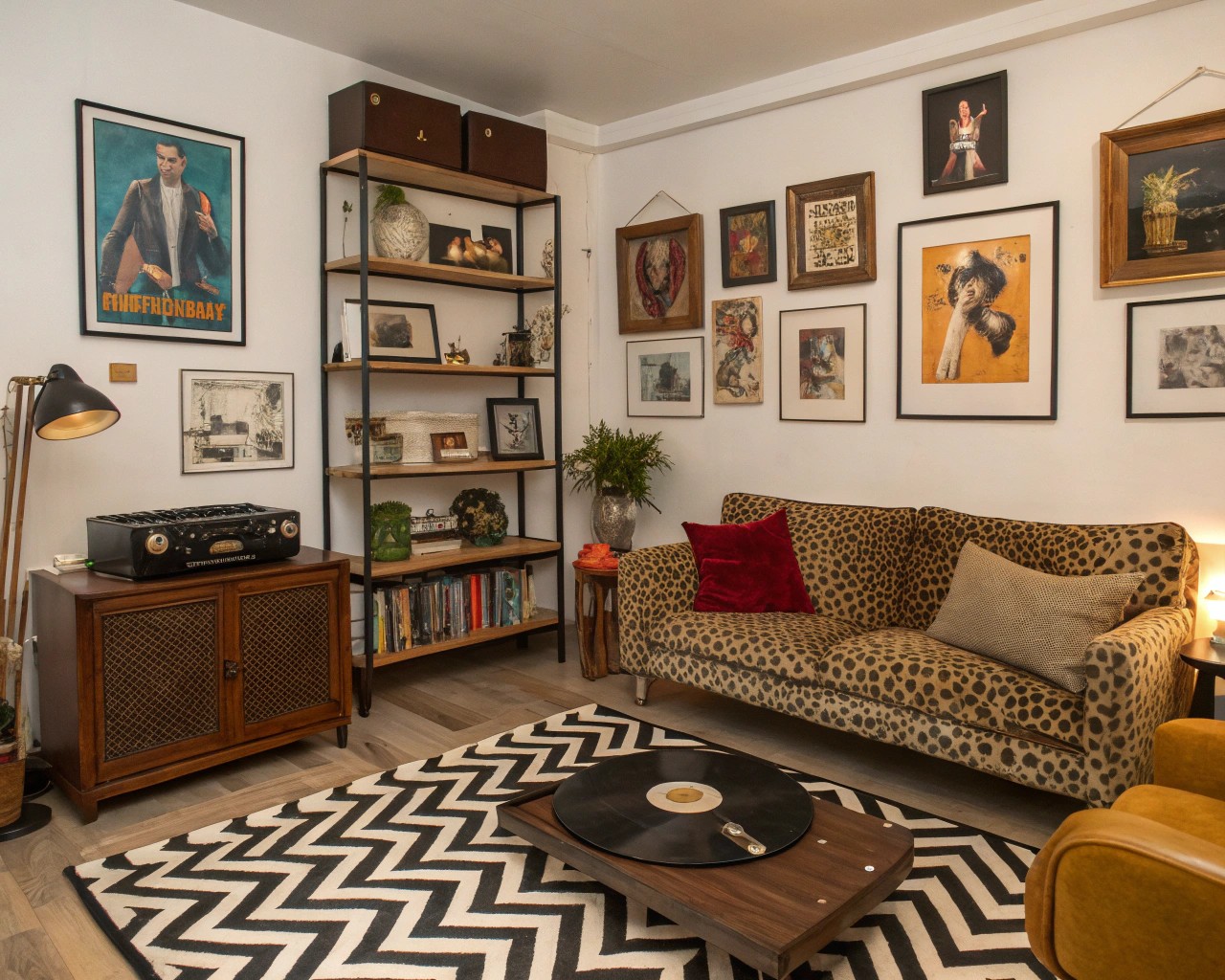
Traditional theme-based decorating often results in spaces that lack subtlety and depth. When every element in a room screams the same message—whether it’s nautical anchors covering every surface or safari animals adorning every wall—the space loses its ability to tell a nuanced story. As one design professional explains, this approach “lacks subtlety and it lacks sort of nuance and there’s no real depth there it just feels a bit basic”.
The problem intensifies when themes are interpreted too literally. A beach-inspired room doesn’t need seashells, anchors, and lighthouse motifs to evoke coastal tranquility. Instead of creating an authentic connection to the inspiration, these literal interpretations often result in spaces that feel more like retail displays than lived-in homes.
The Sustainability Factor
Theme-driven decorating often encourages purchasing items specifically to fit a predetermined concept, regardless of whether these pieces truly speak to you. This approach can lead to buyer’s remorse and frequent redecoration cycles as themes fall out of favor. In contrast, collecting pieces you genuinely love creates a more sustainable approach to decorating, both financially and environmentally.
The Psychology of Personal Preference
Authenticity Drives Satisfaction
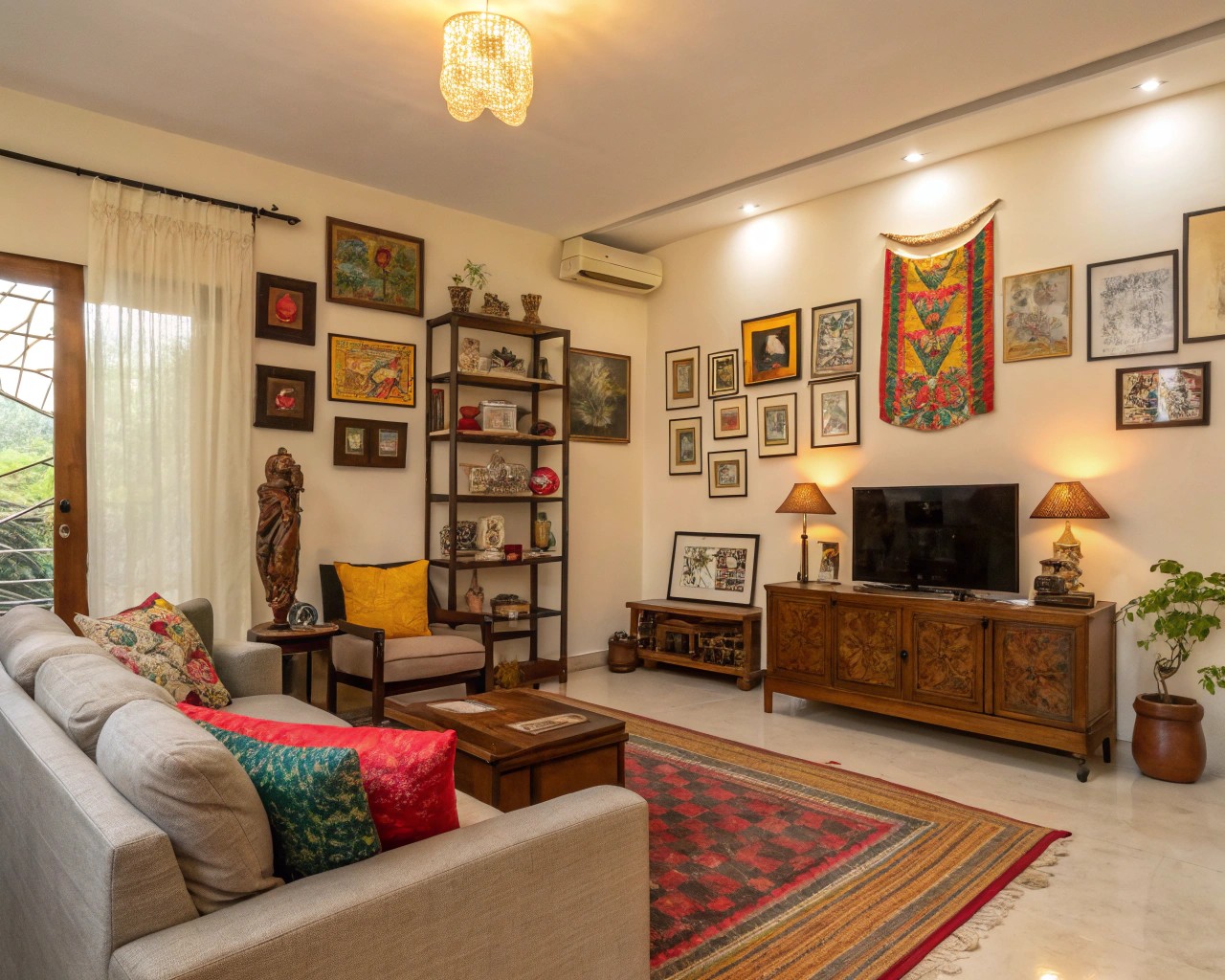
When you decorate based on genuine preferences rather than prescribed themes, you create spaces that feel inherently comfortable. Research suggests that cluttered, inauthentic environments can actually increase stress levels, while spaces that reflect your true personality promote well-being and relaxation.
The freedom to choose based on personal connection rather than thematic appropriateness allows for a more intuitive design process. This approach recognizes that your aesthetic preferences have developed over years of experiences, memories, and personal growth—elements that can’t be captured by any single theme.
Building Confidence in Personal Taste
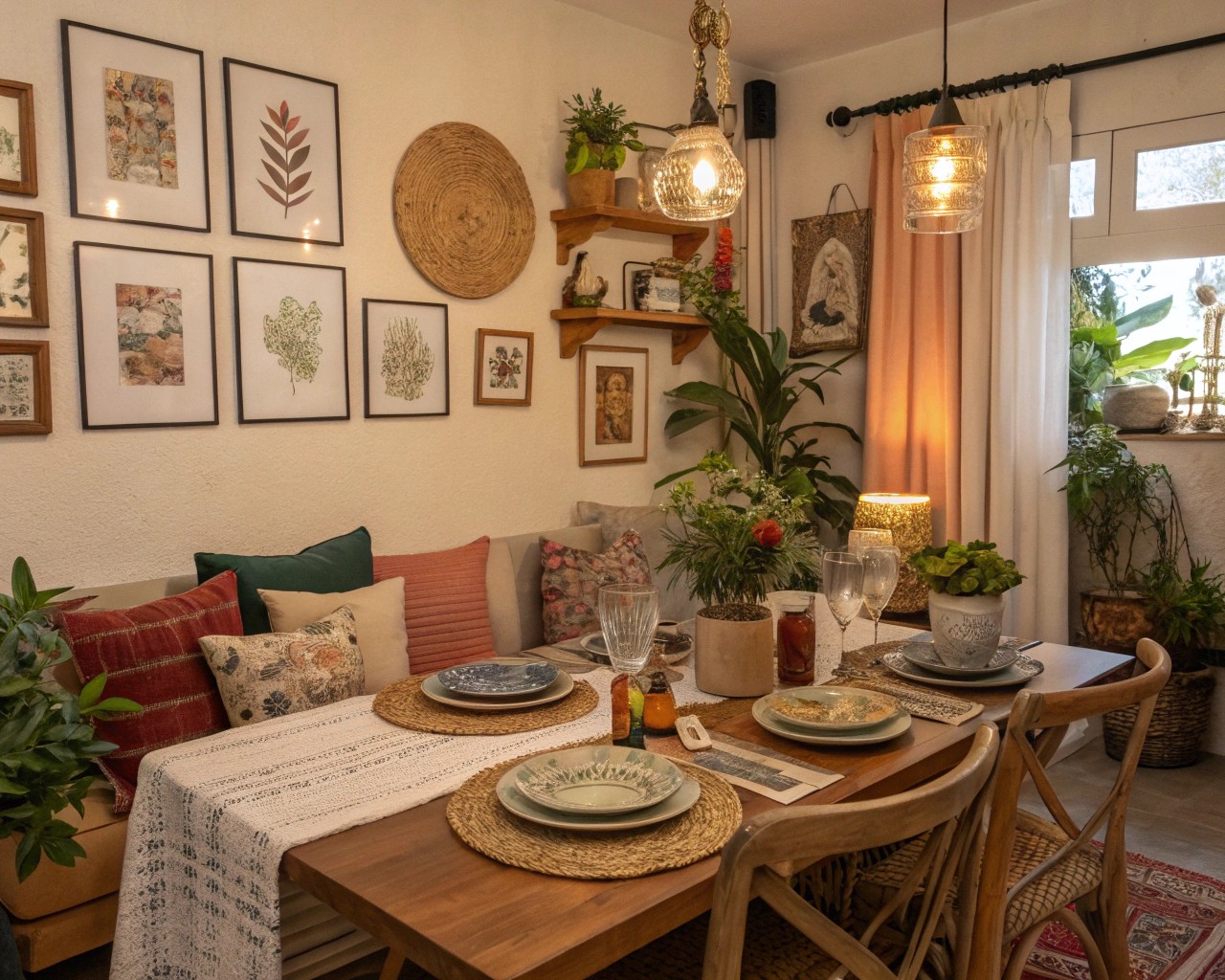
I’ve observed that clients who initially feel uncertain about their design instincts often discover a clear personal aesthetic once they stop trying to fit everything into a predetermined category. The key lies in trusting your immediate emotional response to objects, colors, and spaces rather than analyzing whether they “fit” a particular style.
Developing Your Personal Aesthetic Language
The Foundation: Understanding Your Responses
Begin by examining your existing possessions without the filter of any style category. Notice which items you consistently gravitate toward, which colors appear repeatedly in your wardrobe and home, and which textures you find most appealing. This inventory reveals your intuitive preferences—the foundation of authentic personal style.
Create a visual collection of spaces and objects that appeal to you, regardless of their designated style category. Digital mood boards work particularly well for this exercise, allowing you to rapidly collect images and identify patterns in your preferences.
Key Elements to Identify
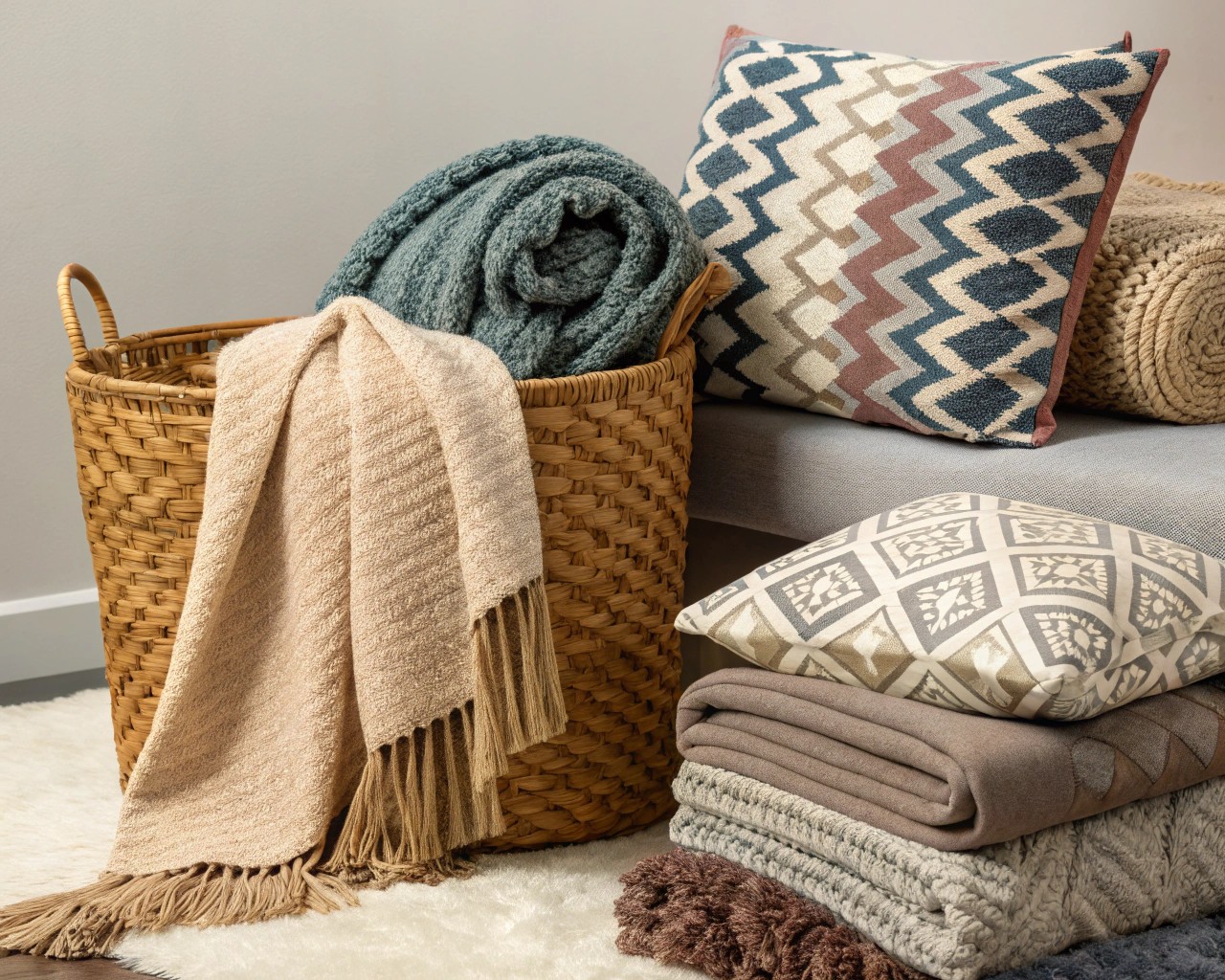
Color Relationships: Notice whether you prefer high contrast combinations, monochromatic schemes, or specific color families. Your preferences might span from jewel tones paired with neutrals to soft pastels with metallic accents.
Textural Preferences: Some people consistently choose smooth, sleek surfaces while others gravitate toward rough, natural textures. Many find satisfaction in contrasting textures—pairing smooth leather with nubby wool or polished metal with weathered wood.
Scale and Proportion: Observe whether you prefer delicate, detailed objects or bold, substantial pieces. This preference often extends to furniture choices, artwork scale, and even plant selection.
Practical Strategies for Cohesive Non-Theme Decorating
The Unifying Elements Approach
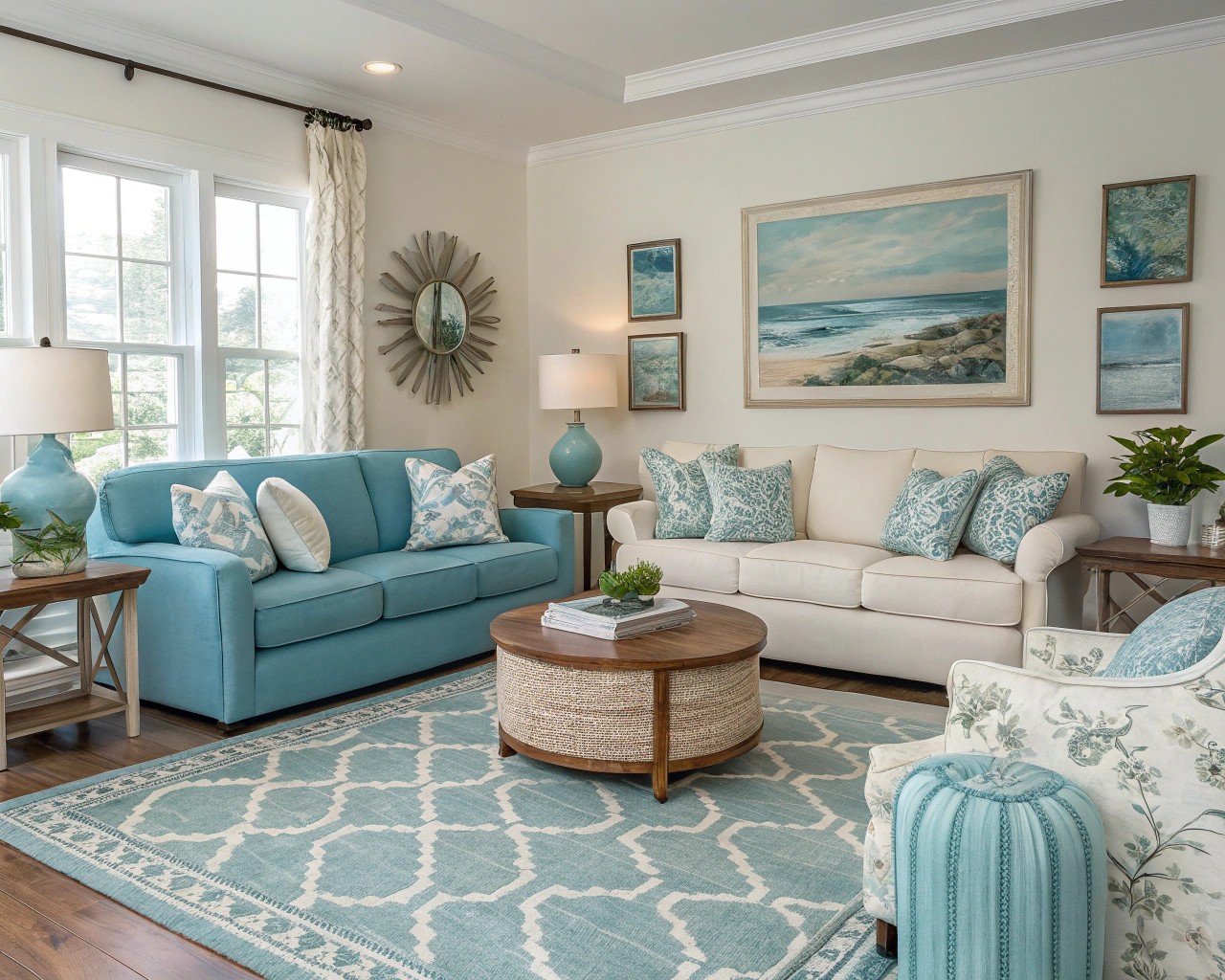
Without a theme to provide structure, other elements must create visual cohesion. Color serves as one of the most effective unifying tools. Establishing a consistent color palette—even a loose one—allows disparate objects to coexist harmoniously.
Color Strategy Example:
- Choose 2-3 core colors that appear throughout your space
- Allow for variations in tone and intensity within these color families
- Use one color as a consistent thread (perhaps in throw pillows, artwork frames, or plant pots)
- Reserve one color for occasional dramatic accents
Material and Texture Coordination
Repeating certain materials throughout a space creates visual connections between different areas and objects. This might involve choosing all wood furniture in similar tones, repeating metal finishes, or ensuring that textile textures complement each other.
Material Repetition Techniques:
- Select 2-3 primary materials (wood, metal, fabric type) to anchor your space
- Allow for variation within each category (different wood species, various metal finishes)
- Use materials in different applications (wood in furniture, architectural details, and accessories)
- Balance warm and cool materials for visual interest
The Gallery Wall Philosophy
Gallery walls exemplify the non-theme approach perfectly. Rather than matching frames and coordinated subjects, successful gallery walls combine pieces based on personal meaning, visual weight, and emotional response. The unifying element becomes the curation itself—the careful selection and arrangement that reflects your particular eye and interests.
Gallery Wall Guidelines:
- Mix frame styles and sizes while maintaining consistent spacing
- Include various media: photographs, artwork, objects, mirrors
- Allow the collection to evolve over time
- Focus on pieces that tell your story rather than fitting a predetermined style
Addressing Common Concerns
“Will It Look Cohesive?”
The fear that abandoning themes will result in chaotic, disconnected spaces is understandable but largely unfounded. Personal taste tends to be more consistent than we imagine. When you consistently choose pieces you love, they often share subtle similarities in proportion, color relationship, or aesthetic sensibility that create natural cohesion.
Professional designers working in eclectic styles emphasize the importance of what they call “curated curation”—the thoughtful selection of pieces that resonate personally while considering their relationship to the overall space.
“How Do I Shop Without a Theme?”
Shopping without a predetermined theme requires developing trust in your immediate reactions to objects. Instead of asking “Does this fit my coastal theme?” ask “Do I genuinely love this piece?” and “Can I imagine living with this for years to come?”
Shopping Guidelines:
- Take time before purchasing to ensure genuine attraction rather than impulse
- Consider quality over quantity—fewer, better pieces create more sophisticated spaces
- Think about function as well as beauty
- Allow for pieces that serve as conversation starters or personal statements
Creating Flow Between Rooms
Without a unifying theme, transitions between spaces require different strategies. Consider these approaches:
- Color Echoes: Repeat accent colors in adjacent rooms while allowing different primary colors
- Material Bridges: Carry materials from one room to another in different applications
- Scale Consistency: Maintain similar furniture scales and proportions throughout your home
- Style Threads: Allow style elements to weave through the house without dominating any single space
Case Studies in Successful Non-Theme Decorating
The Evolved Family Home
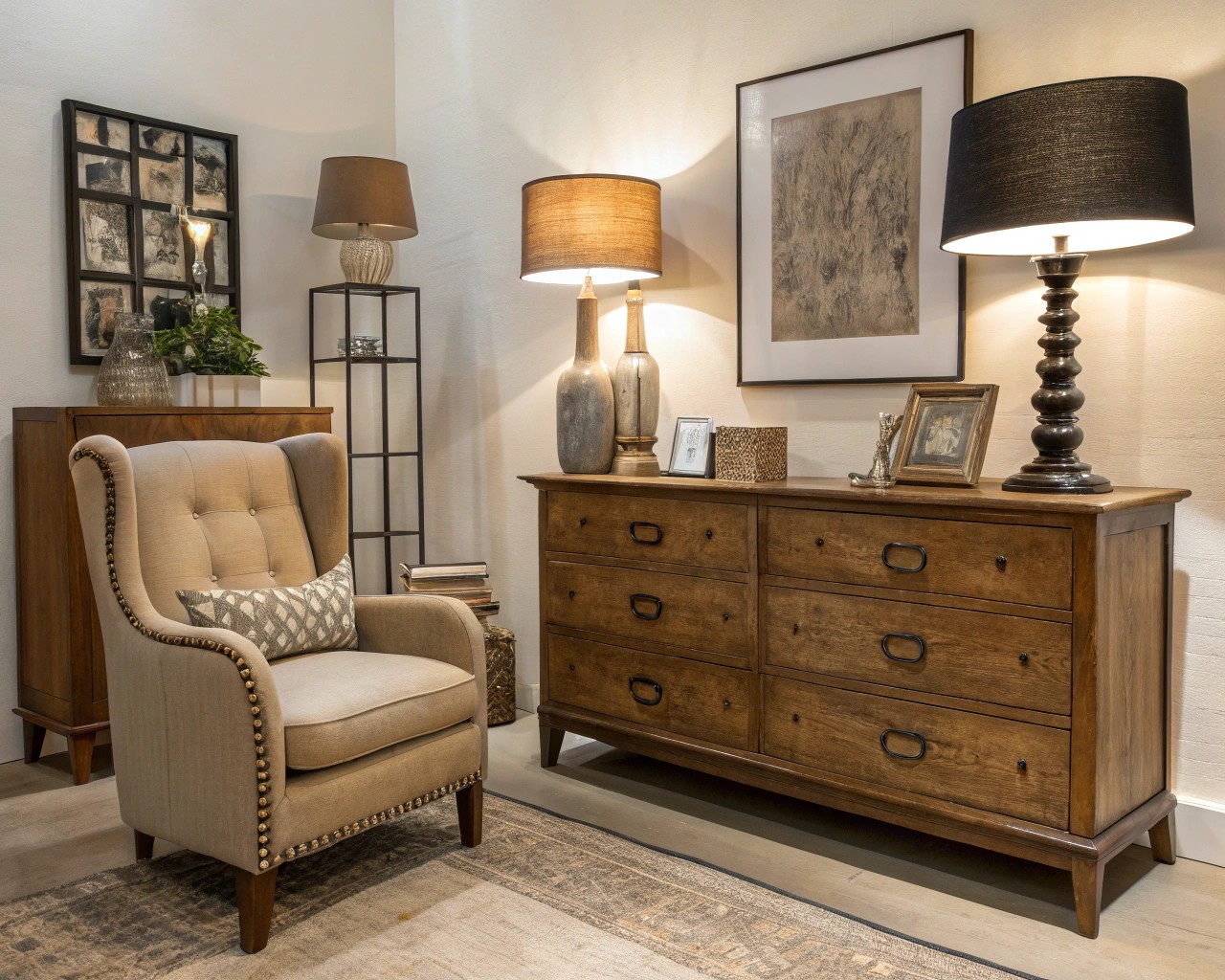
One recent project involved a family whose home had accumulated furnishings over fifteen years of marriage, travel, and changing needs. Rather than starting over with a cohesive theme, we worked with their existing pieces—a mix of inherited antiques, travel souvenirs, and practical family furniture.
The solution involved identifying the common threads: a preference for warm wood tones, an affinity for handcrafted objects, and a love of rich, saturated colors. By editing out pieces that didn’t align with these preferences and adding strategic elements that reinforced them, the home achieved cohesion while maintaining its personal history.
The Collector’s Apartment
Another client was an avid collector of ceramics, textiles, and small sculptures from various cultures and time periods. The challenge lay in displaying these diverse collections without creating visual chaos.
We established a neutral backdrop—warm white walls and natural wood furniture—that allowed the collections to take center stage. Grouping principles based on color relationships and scale rather than origin or style created visual order while preserving the individual character of each piece.
Room-Specific Applications
Living Areas: The Heart of Personal Expression
Living rooms offer the greatest opportunity for personal expression since they typically house the largest variety of objects and serve multiple functions. Focus on creating comfortable conversation areas anchored by substantial furniture pieces, then layer in personal collections, artwork, and textiles that reflect your interests and experiences.
Living Room Strategy:
- Start with neutral, quality foundational pieces (sofa, coffee table, major lighting)
- Layer in color and pattern through easily changeable elements
- Create multiple focal points rather than one dominant theme
- Allow for seasonal or mood-based changes in accessories
Kitchens: Function Meets Personality
Kitchen design often gets trapped in style categories, but this space benefits enormously from personal touches that reflect how you actually cook and entertain. Rather than choosing between “farmhouse” or “modern,” focus on functionality enhanced by elements that bring you joy.
Consider open shelving to display attractive dishware and glassware that you actually use. Choose backsplash materials based on maintenance requirements and visual appeal rather than style appropriateness. Allow small appliances and tools to contribute to the visual composition rather than hiding everything away.
Bedrooms: Personal Sanctuary Design
Bedrooms should prioritize personal comfort and aesthetic preferences above any external style expectations. This might mean mixing vintage textiles with contemporary furniture, or combining minimalist principles with a collection of meaningful objects.
Focus on creating layers of comfort through varied textures, adjustable lighting for different moods, and storage solutions that allow you to keep meaningful objects visible while maintaining serenity.
The Garden Connection: Applying Non-Theme Principles Outdoors
Eclectic Garden Design
Garden design shares many principles with interior decorating, and the non-theme approach works particularly well in outdoor spaces. Rather than committing to a “cottage garden” or “modern landscape,” consider how different areas of your property might reflect different aspects of your personality and lifestyle needs.
Garden Strategy Elements:
- Mixed Border Plantings: Combine trees, shrubs, perennials, and annuals based on growing conditions and personal preference rather than style consistency
- Functional Zones: Create areas for different activities (entertaining, quiet reflection, food production) without requiring visual uniformity
- Seasonal Interest: Plan for year-round appeal through varied bloom times, foliage textures, and structural elements
- Personal Collections: Incorporate containers, sculptures, or architectural elements that reflect your travels or interests
Container Gardening as Personal Expression
Container gardens offer perfect opportunities for non-theme decorating. Mix pot styles, plant combinations, and arrangements based on what brings you joy rather than what creates a “look.” This approach allows for seasonal experimentation and personal evolution without permanent commitment.
Practical Implementation Timeline
Phase 1: Assessment and Discovery (Weeks 1-2)
- Document current possessions with photographs
- Create mood boards of appealing spaces and objects
- Identify consistent elements in your preferences
- List items that no longer serve or please you
Phase 2: Gentle Editing (Weeks 3-4)
- Remove items that feel forced or theme-driven
- Reorganize remaining pieces based on color, scale, or material relationships
- Identify gaps where new pieces might enhance rather than complete the space
- Experiment with different arrangements of existing furniture and objects
Phase 3: Thoughtful Addition (Ongoing)
- Shop with intention rather than theme requirements
- Allow for impulse purchases that genuinely excite you
- Invest in quality pieces that can anchor multiple decorating scenarios
- Remain open to unexpected opportunities and discoveries
Long-Term Benefits and Evolution
Adaptability Over Time
Spaces decorated without rigid themes adapt more easily to life changes, new acquisitions, and evolving tastes. A room built around personal preferences rather than a predetermined concept can accommodate new artwork, different furniture arrangements, or seasonal decorating without requiring complete overhauls.
This flexibility proves particularly valuable for households that experience regular changes—growing families, career transitions, or simply the natural evolution of personal taste over time.
Investment Value
Quality pieces chosen for personal appeal rather than trend compliance tend to retain both aesthetic and financial value longer. When you select furnishings based on genuine attraction and quality craftsmanship rather than style appropriateness, you’re more likely to keep and care for these items long-term.
Creative Development
Living with objects you genuinely love, arranged in ways that please you personally, fosters ongoing creative development. You become more attuned to your aesthetic preferences, more confident in design decisions, and more skilled at creating pleasing combinations.
